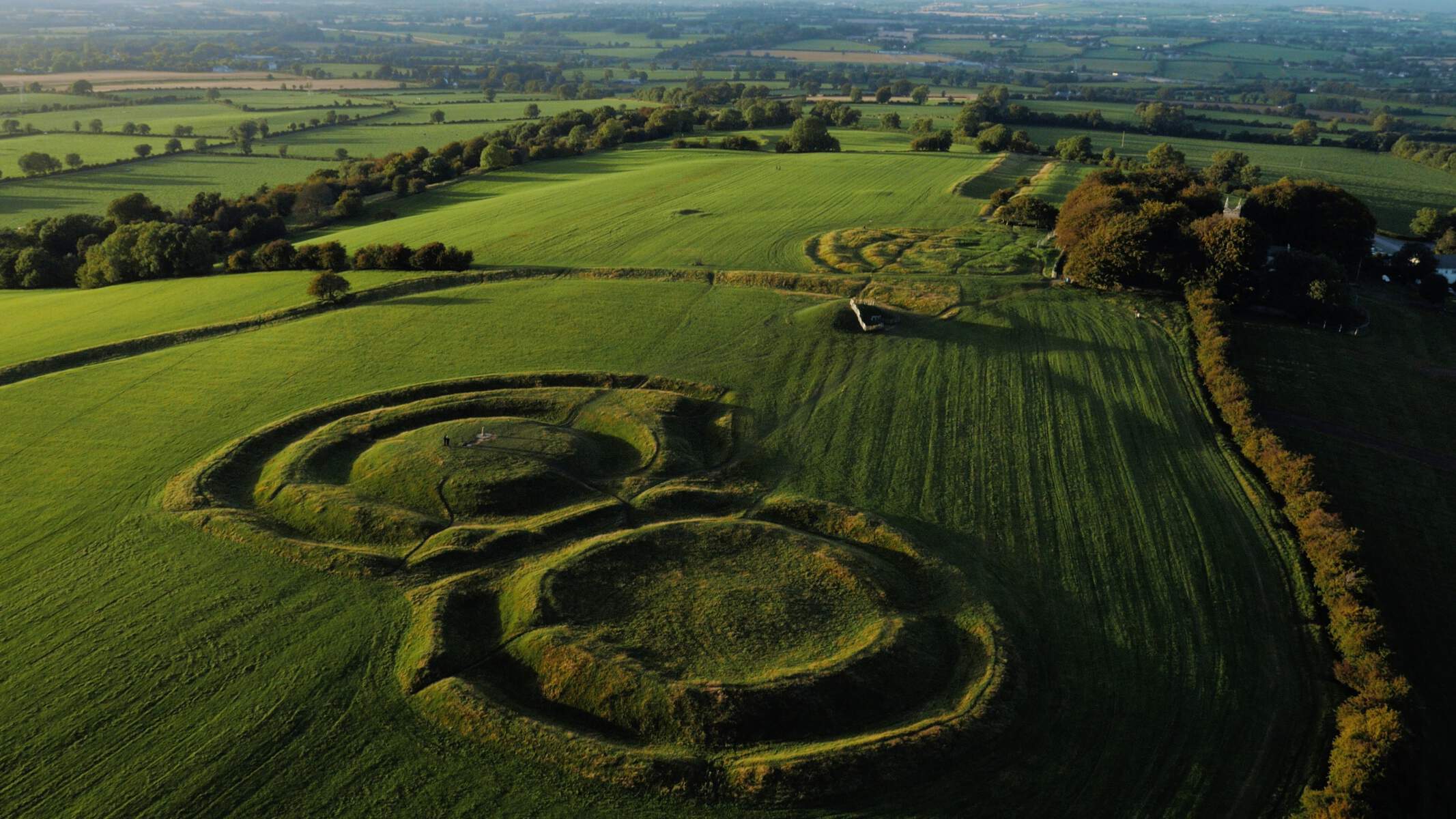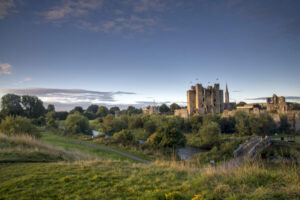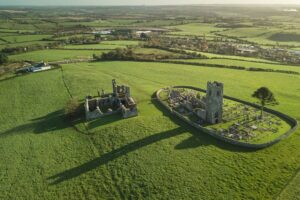


What Is Special About the Boyne Valley?
The Boyne Valley is one of Ireland’s most captivating regions, where history, mythology, and natural beauty come together in a landscape that has witnessed over 5,000 years of human activity. This region, located in the heart of Ireland’s Ancient East, is a treasure trove of ancient sites, medieval castles, and early Christian monuments. But what is special about the Boyne Valley? It is not just the sheer number of historic landmarks, but the way these sites tell the story of Ireland’s past, from prehistoric times through to the medieval period. Here are the main sites that make the Boyne Valley truly exceptional.
Brú na Bóinne Visitor Centre
At the heart of the Boyne Valley lies the Brú na Bóinne Visitor Centre, the gateway to one of the most important prehistoric landscapes in the world. This UNESCO World Heritage site includes the iconic passage tombs of Newgrange, Knowth, and Dowth, which date back to around 3,200 BC. These tombs are older than Stonehenge and the Great Pyramids of Egypt. The most famous of these, Newgrange, is known for its winter solstice alignment, when the rising sun floods the inner chamber with light, a phenomenon that has captured imaginations for millennia. What is special about the Boyne Valley is this unique connection to our ancient ancestors, whose architectural genius continues to inspire awe today.
Hill of Tara
The Hill of Tara is another must-visit site in the Boyne Valley, known as the ancient seat of the High Kings of Ireland. This sacred site is steeped in mythology and was considered the political and spiritual centre of Ireland for centuries. The Hill of Tara offers stunning views of the surrounding countryside and features a number of ancient monuments, including the Lia Fáil or Stone of Destiny, which is said to have roared when touched by the rightful king. The hill’s significance in Irish history and legend makes it a place of pilgrimage for those seeking to connect with Ireland’s storied past.
Trim Castle
Trim Castle, the largest Anglo-Norman castle in Ireland, stands majestically on the banks of the River Boyne. Built in the 12th century, this massive fortress played a crucial role in the Anglo-Norman conquest of Ireland. The castle’s keep, curtain walls, and defensive towers have been remarkably preserved, allowing visitors to step back in time and experience medieval life. Trim Castle’s grandeur and historical significance make it a highlight of any visit to the Boyne Valley.
Monasterboice
Monasterboice is an early Christian monastic site founded in the 5th century. What is special about the Boyne Valley is its wealth of religious heritage, and Monasterboice is a prime example. The site is famous for its high crosses, particularly Muiredach’s High Cross, considered one of the finest examples of Celtic art in Ireland. The site also includes a round tower and the remains of two churches, offering a peaceful setting to reflect on the spiritual legacy of Ireland’s early Christian monks.
Hill of Slane
The Hill of Slane is another site where history and legend intertwine. According to tradition, it was here that St. Patrick lit the Paschal Fire in 433 AD, symbolizing the arrival of Christianity in Ireland. The hill is home to the ruins of a Franciscan monastery and offers panoramic views over the Boyne Valley. The Hill of Slane is a place of deep spiritual significance and a reminder of the pivotal moments in Ireland’s religious history.
In conclusion, what is special about the Boyne Valley is its unparalleled collection of ancient sites that offer a window into Ireland’s rich and varied history. From prehistoric tombs to medieval castles and early Christian monuments, the Boyne Valley is a living testament to the enduring legacy of Ireland’s past.
Check out our Boyne Valley private tours options here.





